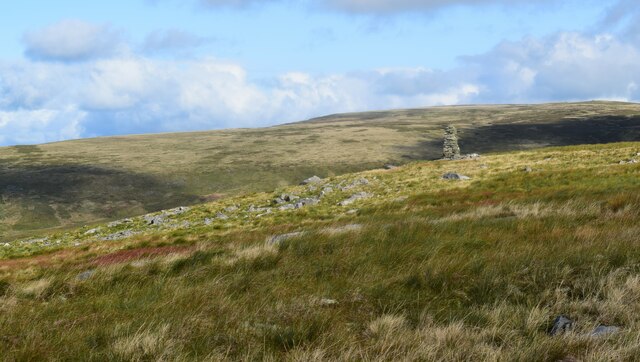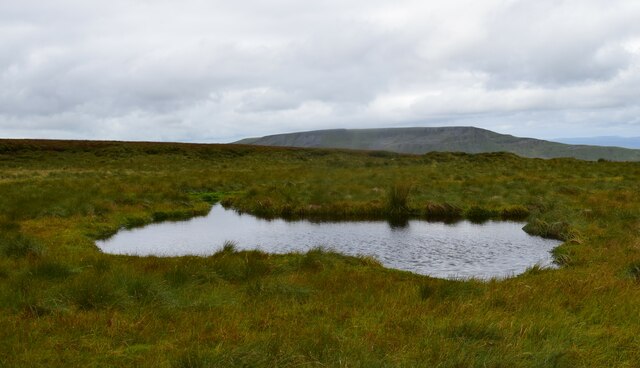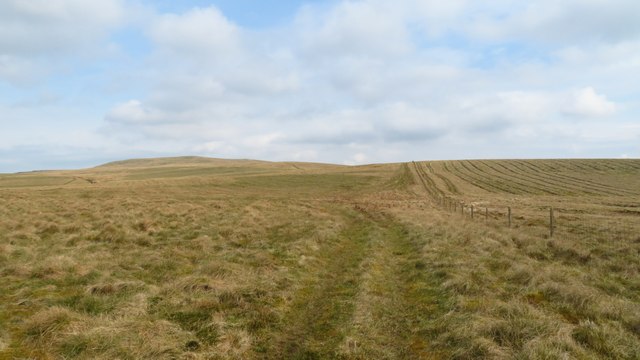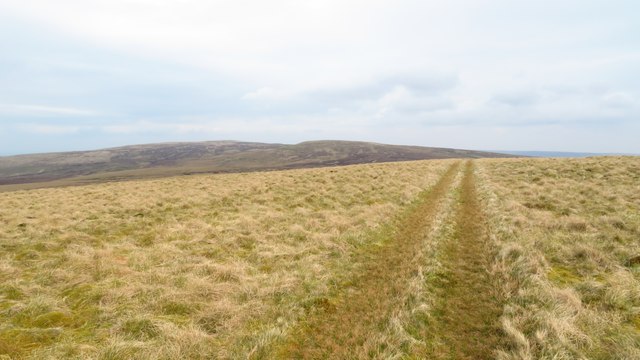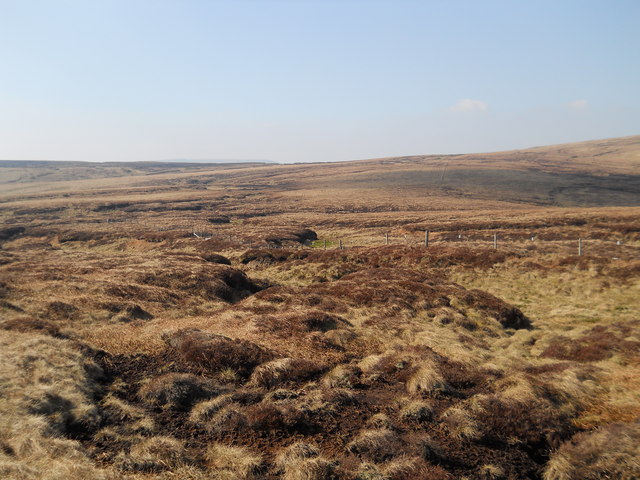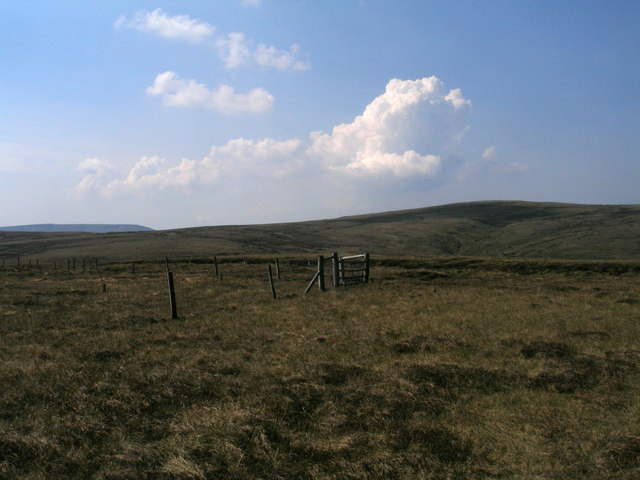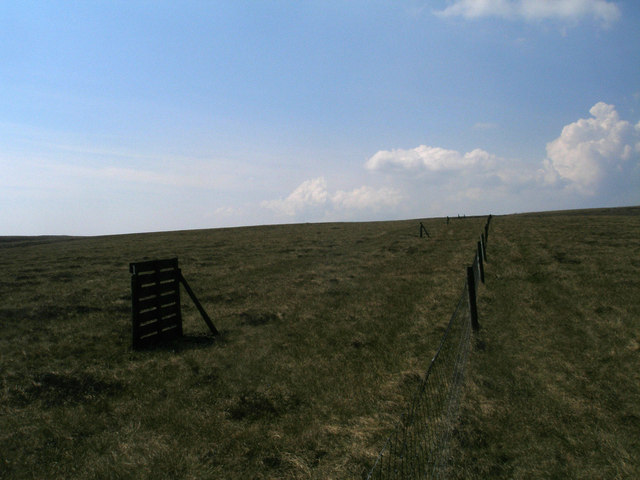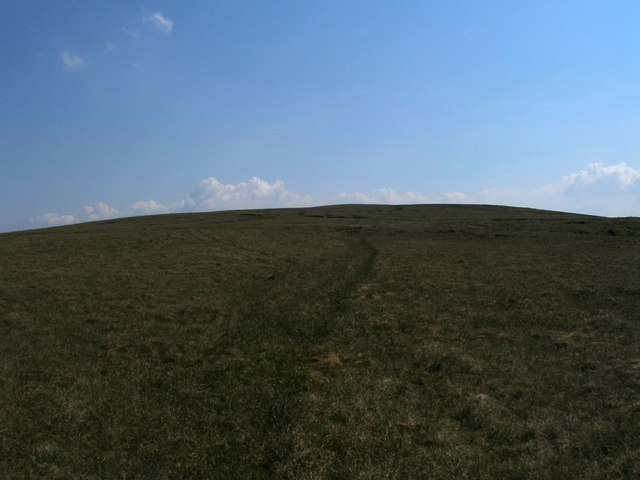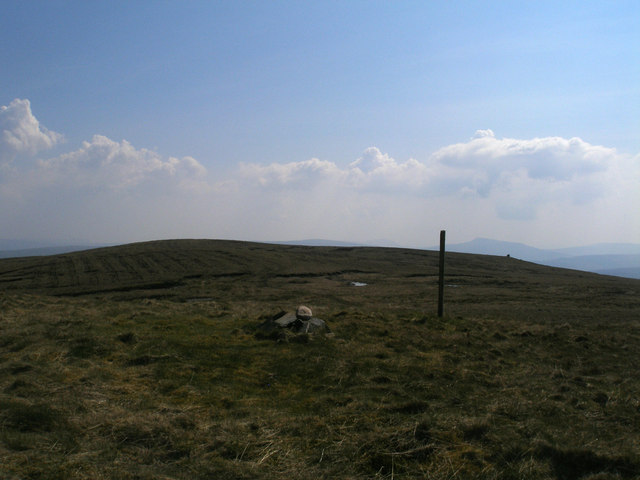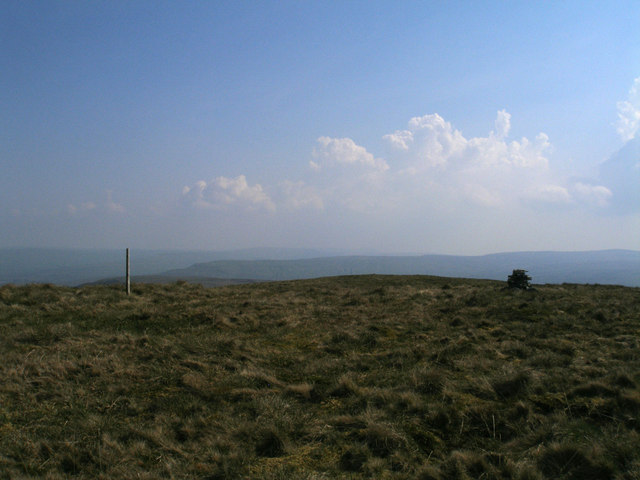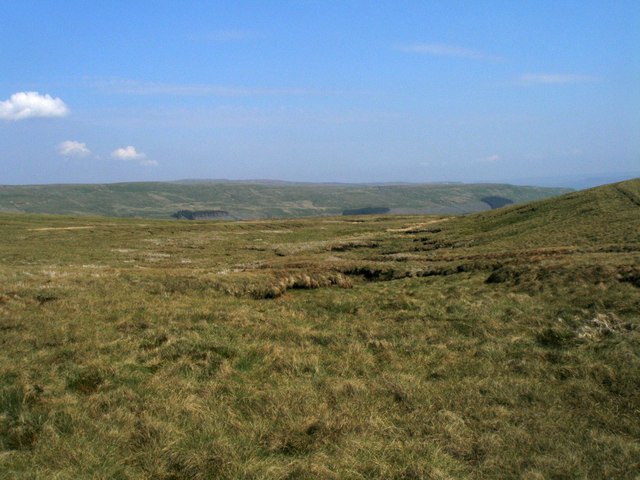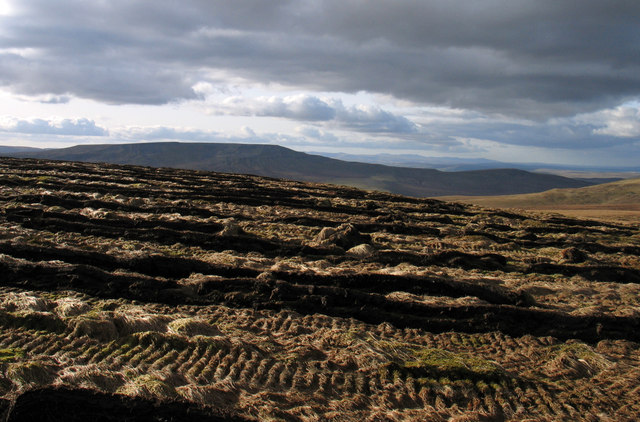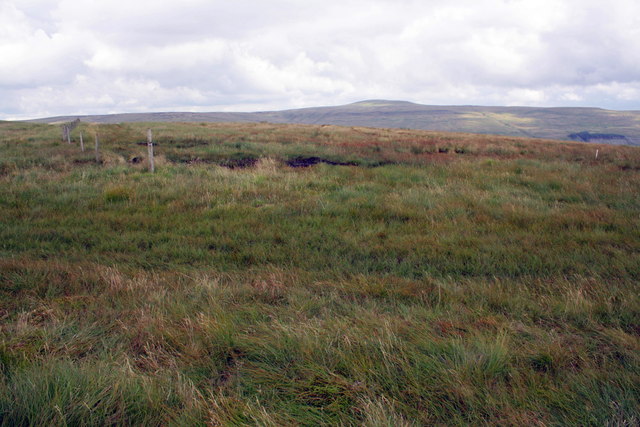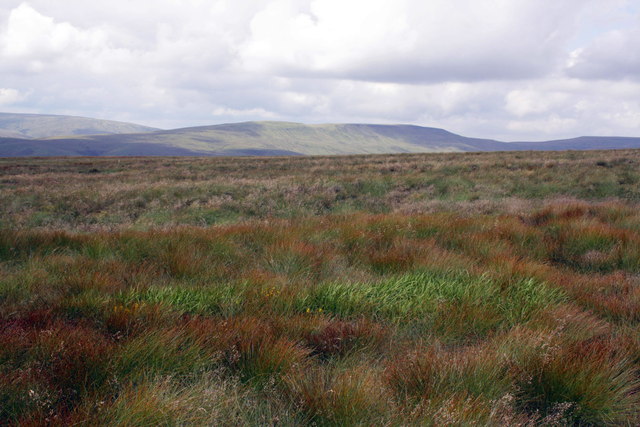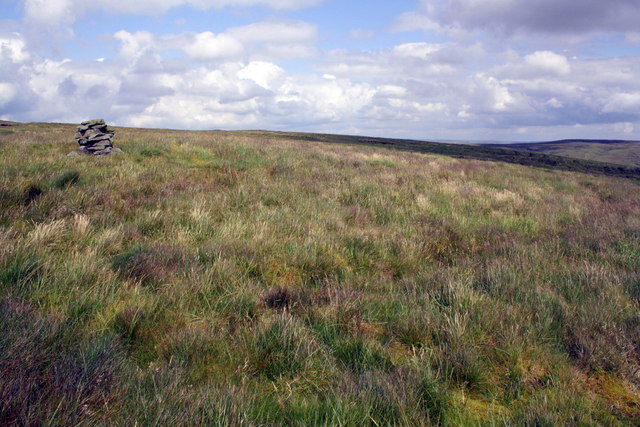Howmea Brae
Downs, Moorland in Yorkshire Richmondshire
England
Howmea Brae
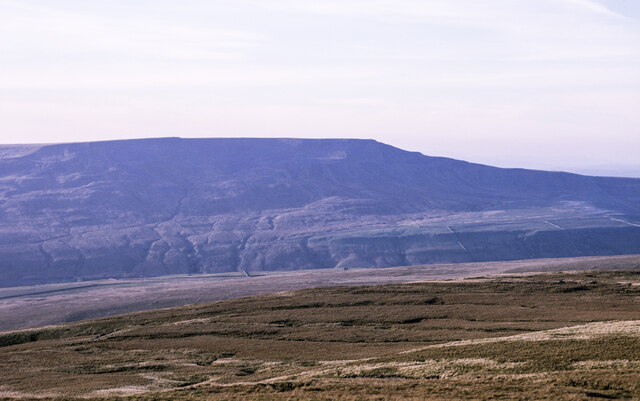
Howmea Brae is a picturesque area located in the heart of Yorkshire, England. Nestled amidst the stunning Yorkshire Downs and Moorland, it offers visitors a captivating blend of natural beauty and rural charm.
The landscape of Howmea Brae is characterized by rolling hills, expansive meadows, and vast stretches of heather-covered moors. The area is renowned for its breathtaking vistas, with panoramic views of the surrounding countryside. Walking and hiking trails crisscross the region, allowing nature enthusiasts to explore the rugged terrain and discover hidden gems along the way.
The flora and fauna of Howmea Brae are diverse and plentiful. The moorlands are home to an array of bird species, including the iconic red grouse and kestrels. Wildflowers, such as heather and bilberry, bloom profusely during the summer months, painting the landscape in vibrant hues.
The area is also steeped in history, with numerous archaeological sites and ancient ruins scattered throughout. Visitors can explore prehistoric stone circles, Roman forts, and medieval castles, gaining insights into the rich heritage of the region.
For those seeking respite, Howmea Brae offers a tranquil escape from the hustle and bustle of city life. Quaint villages and country pubs dot the landscape, providing opportunities for visitors to unwind and savor traditional Yorkshire cuisine.
In summary, Howmea Brae in Yorkshire is a captivating destination that showcases the natural beauty of the Yorkshire Downs and Moorland. With its stunning landscapes, abundant wildlife, and rich history, it offers a unique and unforgettable experience for all who venture there.
If you have any feedback on the listing, please let us know in the comments section below.
Howmea Brae Images
Images are sourced within 2km of 54.363908/-2.2888623 or Grid Reference SD8196. Thanks to Geograph Open Source API. All images are credited.
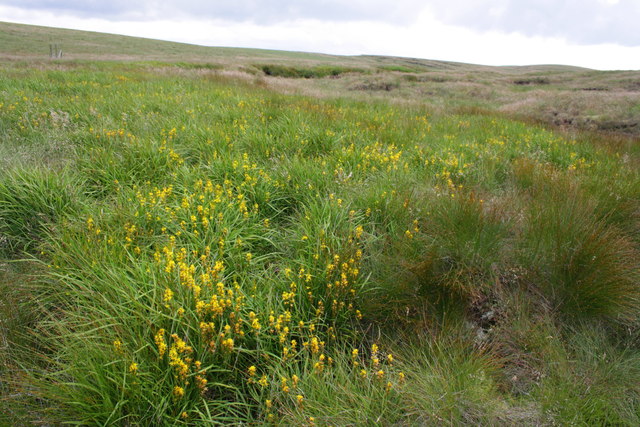
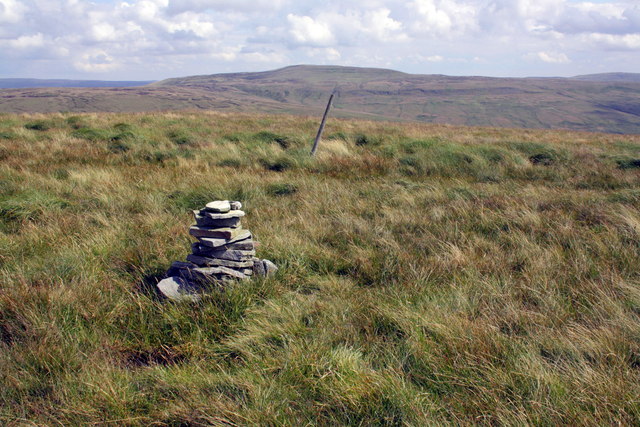
Howmea Brae is located at Grid Ref: SD8196 (Lat: 54.363908, Lng: -2.2888623)
Division: North Riding
Administrative County: North Yorkshire
District: Richmondshire
Police Authority: North Yorkshire
What 3 Words
///lawfully.takeover.sampling. Near Kirkby Stephen, Cumbria
Nearby Locations
Related Wikis
Hugh Seat
Hugh Seat is a mountain, or more accurately a fell, in Mallerstang on the eastern edge of Cumbria, England. It lies on the border between Cumbria and North...
Vale of Eden
The Vale of Eden is formed by the course of the River Eden, one of the major rivers of Northwest England. It is however of much greater extent than the...
Lunds, North Yorkshire
Lunds is a hamlet in North Yorkshire, England, near to the watershed of the Eden and Ure rivers. It is on the border between Cumbria and North Yorkshire...
Eden Sike Cave
Eden Sike Cave is a small cave in Mallerstang in the Eden valley in Cumbria, England 400 metres (440 yd) north of Hell Gill. The entrance is 391 metres...
Nearby Amenities
Located within 500m of 54.363908,-2.2888623Have you been to Howmea Brae?
Leave your review of Howmea Brae below (or comments, questions and feedback).
